Wellbore Integrity Management During the Lifecycle of a Well
Wellbore integrity is a key aspect of the oil and gas industry, including the ability of the well to hold fluids and prevent environmental pollution. Maintaining the integrity of the wellbore throughout its entire lifecycle is crucial for safety, environmental protection, and operational efficiency. This article will mainly introduce wellbore integrity management during the lifecycle of the wellbore.
What is Wellbore Integrity in oil and gas
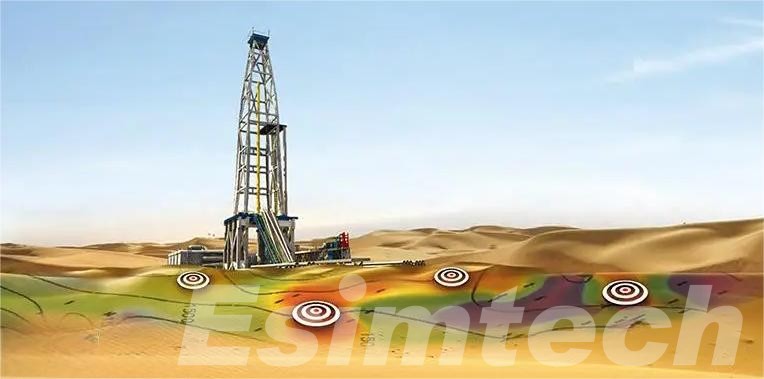
Wellbore integrity refers to the structural integrity and functionality of the wellbore throughout its entire lifecycle, from drilling to production and ultimately disposal. It includes the ability of the wellbore to maintain its shape and resist various mechanical and environmental stresses, while ensuring proper containment of hydrocarbons and fluids. The key aspects of wellbore integrity include preventing well collapse, controlling formation pressure, and isolating different geological structures.
Maintaining the integrity of the wellbore is crucial for several reasons. It can prevent uncontrolled release of hydrocarbons or drilling fluids, which can lead to blowouts, environmental pollution, or hazardous situations. It also ensures that the wellbore can withstand pressure and temperature at different depths, thereby reducing the risk of formation damage or equipment failure. Effective management of wellbore integrity is crucial for optimizing resource recovery, extending wellbore lifespan, and ensuring safe and efficient operations.
Challenges in Wellbore Integrity Management
Maintaining wellbore integrity throughout a well’s lifecycle is a complex endeavor fraught with numerous challenges. These challenges arise from a combination of factors.
1. Complex Well Environments
Oil and gas wells operate in extremely challenging subsurface conditions. High pressures, elevated temperatures, and corrosive fluids create a hostile environment that can accelerate material degradation and compromise wellbore integrity. Additionally, the presence of hydrogen sulfide, carbon dioxide, and other reactive chemicals can induce stress corrosion cracking and other forms of deterioration.
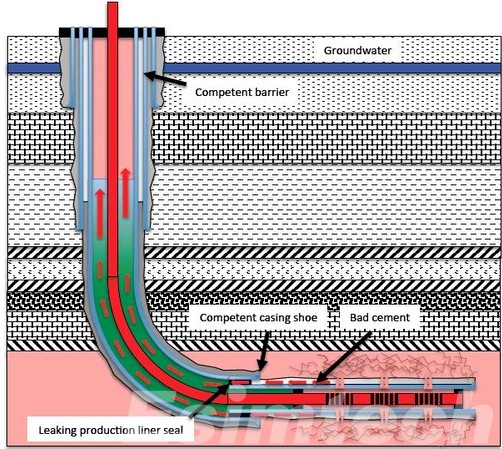
2. Aging Infrastructure
Many oil and gas wells are decades old, with their infrastructure subjected to years of wear and tear. The aging of critical components such as casing, cement, and tubulars increases the likelihood of material fatigue, corrosion, and other forms of degradation. These factors contribute to a heightened risk of wellbore failures and associated environmental hazards.
3. Data Management Challenges
Effective wellbore integrity management relies heavily on data analysis. However, gathering, organizing, and interpreting vast amounts of well data can be a daunting task. Inconsistencies in data formats, missing information, and the sheer volume of data can hinder the ability to identify potential issues and make informed decisions. Furthermore, integrating data from various sources, including production data, well logs, and inspection reports, requires robust data management systems and analytical capabilities.
4. Regulatory Compliance
The oil and gas industry operates under a complex web of environmental and safety regulations designed to protect public health and the environment. Adherence to these regulations is essential for preventing wellbore failures and their associated consequences. However, staying up-to-date with evolving regulations, understanding their implications, and implementing compliant practices can be time-consuming and resource-intensive. Non-compliance can result in significant financial penalties, operational disruptions, and reputational damage.
5. Human Error
Despite advances in technology and automation, human error remains a significant challenge in wellbore integrity management. Mistakes in well design, construction, and operation can have severe consequences. Factors such as fatigue, lack of training, and poor communication can contribute to human errors. Implementing robust quality control measures, conducting regular training programs, and fostering a culture of safety are essential to mitigate this risk.
Tools and Technologies for Wellbore Integrity Management
In order to maintain the integrity of the wellbore, the oil and gas industry has developed and adopted a series of advanced tools and technologies. These innovations enhance the ability to monitor, analyze, and manage wellbore conditions, thereby reducing the risk of instability and ensuring efficient and safe drilling operations.
Logging-While-Drilling (LWD) and Measurement-While-Drilling (MWD)
Logging-While-Drilling (LWD) and Measurement-While-Drilling (MWD) technologies have revolutionized the way data is collected and analyzed during drilling operations.
- LWD: This technology involves the collection of geological and petrophysical data in real time while the well is being drilled. Sensors located near the drill bit measure various properties such as resistivity, porosity, density, and gamma radiation. This information helps in understanding the formation characteristics and detecting any potential hazards that could affect wellbore stability.
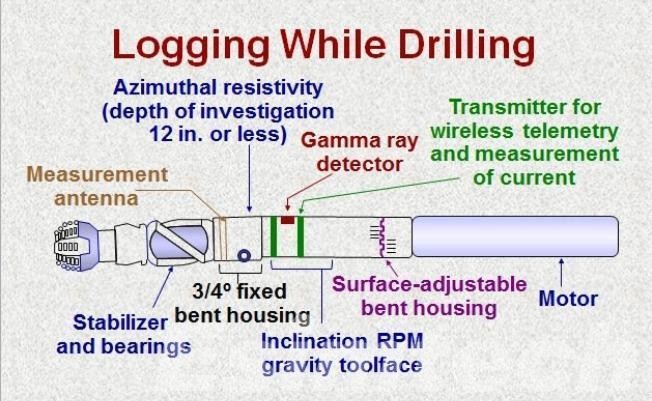
- MWD: MWD focuses on collecting drilling dynamics data, including the direction and inclination of the drill bit, as well as downhole pressure and temperature. This data is crucial for precise wellbore navigation and for making adjustments to the drilling process to maintain stability.
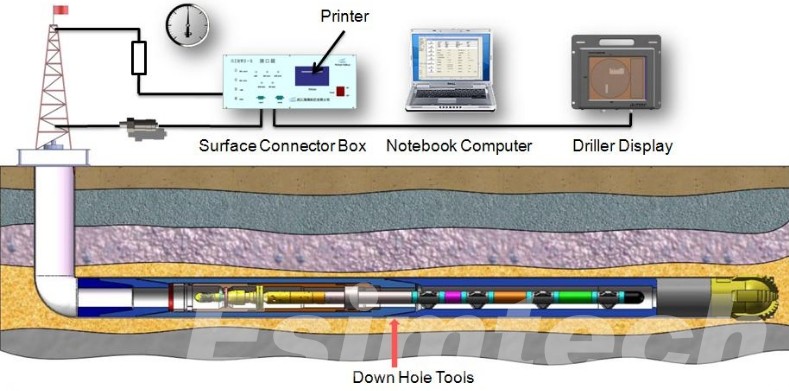
Together, LWD and MWD provide a comprehensive picture of the subsurface conditions, enabling timely decision-making to address any emerging wellbore integrity issues.
Rotary Steerable Systems (RSS)
Rotary Steerable Systems (RSS) represent a significant advancement in directional drilling technology. RSS allows for continuous rotation of the drill string while steering the drill bit along a predetermined trajectory. This technology offers several benefits for wellbore integrity:
- Precision Drilling: RSS enables precise control over the wellbore path, reducing the likelihood of unplanned deviations that could compromise wellbore stability.
- Reduced Mechanical Stress: By maintaining a smoother wellbore trajectory, RSS minimizes the mechanical stresses exerted on the wellbore walls, reducing the risk of collapse or fracturing.
- Improved Hole Cleaning: Continuous rotation aids in better hole cleaning, preventing the accumulation of cuttings that can lead to blockages and pressure imbalances.
Borehole Imaging Tools
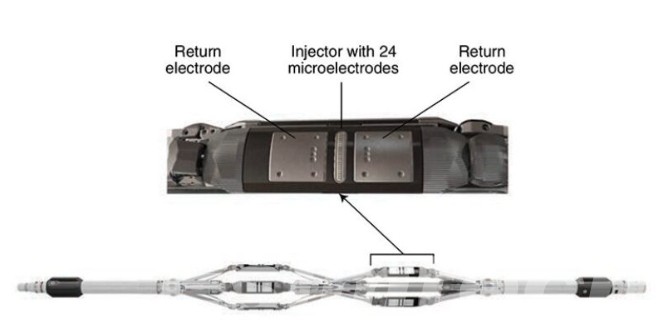
Borehole imaging tools provide detailed visual and acoustic images of the wellbore walls, offering valuable insights into the structural integrity of the wellbore. These tools include:
- Acoustic and Ultrasonic Imaging: These tools use sound waves to create high-resolution images of the wellbore. They can identify fractures, faults, and cavities, helping to assess the stability of the formation and the effectiveness of the drilling mud.
- Optical Imaging: Optical imaging tools use cameras to capture visual images of the wellbore. These images can reveal the presence of drilling-induced fractures, mud cake buildup, and other anomalies that may impact wellbore stability.
Borehole imaging tools are essential for detecting and diagnosing wellbore integrity issues early, allowing for prompt remediation measures.
Advanced Drilling Fluids
The development of advanced drilling fluids has been instrumental in enhancing wellbore stability. These fluids, also known as drilling mud, are engineered to address specific challenges encountered in different geological formations. Key advancements in drilling fluids include:
- Nanomaterials: The incorporation of nanomaterials into drilling fluids enhances their properties, such as viscosity and filtration control. Nanoparticles can also improve the sealing of micro-fractures and pores in the formation, reducing fluid loss and stabilizing the wellbore.
- Synthetic Additives: Synthetic polymers and other additives are used to tailor the rheological properties of drilling fluids. These additives can provide better lubrication, reduce friction, and enhance the carrying capacity of the fluid, leading to more efficient drilling and better wellbore stability.
- Environmentally Friendly Fluids: The development of biodegradable and environmentally friendly drilling fluids minimizes the ecological impact of drilling operations while maintaining high performance in stabilizing the wellbore.
Real-Time Monitoring Systems
Real-time monitoring systems are crucial for maintaining wellbore integrity throughout the drilling process. These systems leverage advanced sensors and data analytics to provide continuous monitoring and feedback on wellbore conditions. Key components include:
- Downhole Sensors: These sensors measure parameters such as pressure, temperature, and vibration in real-time. They provide critical data on the wellbore environment, enabling rapid detection of any anomalies that could compromise stability.
- Surface Data Acquisition Systems: These systems collect and process data from downhole sensors and other monitoring tools. Advanced software algorithms analyze the data to detect trends, predict potential issues, and provide actionable insights to the drilling team.
- Remote Monitoring: With advancements in communication technology, real-time data can be transmitted to remote monitoring centers, where experts can provide additional support and guidance. This remote collaboration enhances decision-making and helps in managing wellbore integrity more effectively.
Managed Pressure Drilling (MPD)
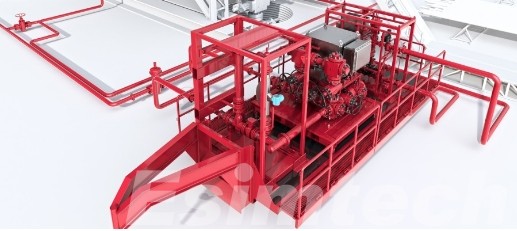
Managed Pressure Drilling (MPD) is a sophisticated drilling technique that allows for precise control of the annular pressure profile within the wellbore. MPD systems use a combination of surface and downhole equipment to actively manage the pressure conditions, offering several benefits:
- Pressure Control: MPD enables the maintenance of optimal pressure within the wellbore, preventing the occurrence of kicks, blowouts, or lost circulation. This controlled environment enhances wellbore stability.
- Adaptability: MPD systems can quickly adapt to changing formation pressures and conditions, providing a flexible approach to managing wellbore integrity in challenging environments.
- Enhanced Safety: By mitigating the risks associated with pressure fluctuations, MPD enhances the overall safety of drilling operations.
Advances in Wellbore Integrity Management
The oil and gas industry is at the forefront of technological advancements to address the challenges of wellbore integrity management. Digitalization, advanced materials, sophisticated modeling techniques, and collaborative efforts are transforming how wells are designed, monitored, and maintained. By embracing these innovations and implementing robust integrity management programs, the industry can significantly enhance safety, environmental performance, and operational efficiency while extending the productive life of its assets.
